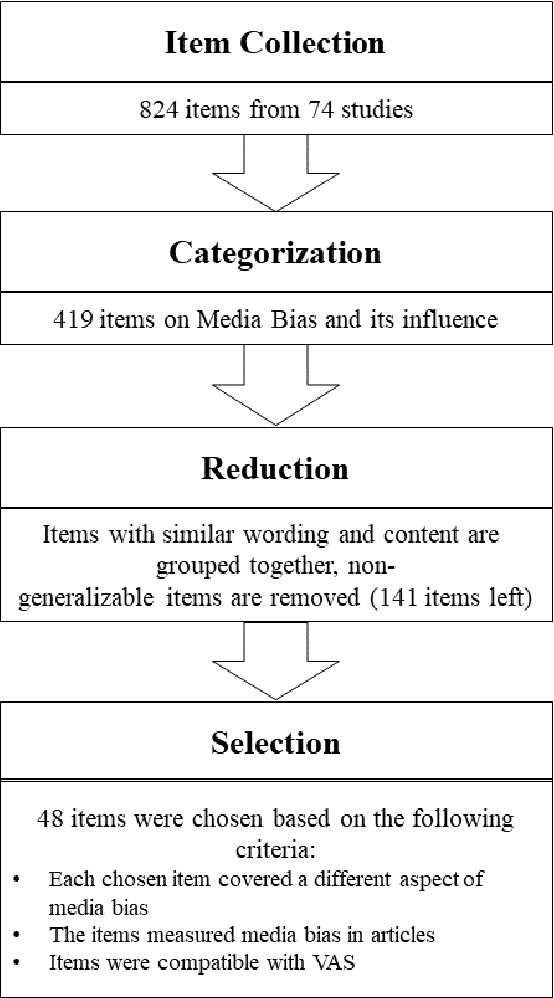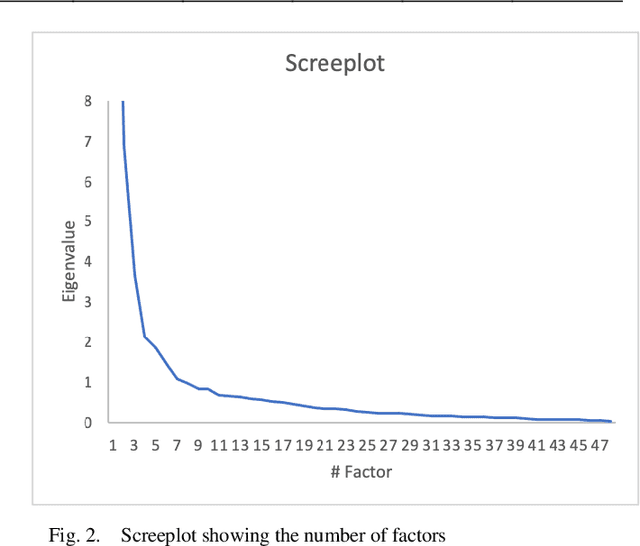Wolfgang Gaissmaier
Do You Think It's Biased? How To Ask For The Perception Of Media Bias
Dec 16, 2021



Abstract:Media coverage possesses a substantial effect on the public perception of events. The way media frames events can significantly alter the beliefs and perceptions of our society. Nevertheless, nearly all media outlets are known to report news in a biased way. While such bias can be introduced by altering the word choice or omitting information, the perception of bias also varies largely depending on a reader's personal background. Therefore, media bias is a very complex construct to identify and analyze. Even though media bias has been the subject of many studies, previous assessment strategies are oversimplified, lack overlap and empirical evaluation. Thus, this study aims to develop a scale that can be used as a reliable standard to evaluate article bias. To name an example: Intending to measure bias in a news article, should we ask, "How biased is the article?" or should we instead ask, "How did the article treat the American president?". We conducted a literature search to find 824 relevant questions about text perception in previous research on the topic. In a multi-iterative process, we summarized and condensed these questions semantically to conclude a complete and representative set of possible question types about bias. The final set consisted of 25 questions with varying answering formats, 17 questions using semantic differentials, and six ratings of feelings. We tested each of the questions on 190 articles with overall 663 participants to identify how well the questions measure an article's perceived bias. Our results show that 21 final items are suitable and reliable for measuring the perception of media bias. We publish the final set of questions on http://bias-question-tree.gipplab.org/.
 Add to Chrome
Add to Chrome Add to Firefox
Add to Firefox Add to Edge
Add to Edge